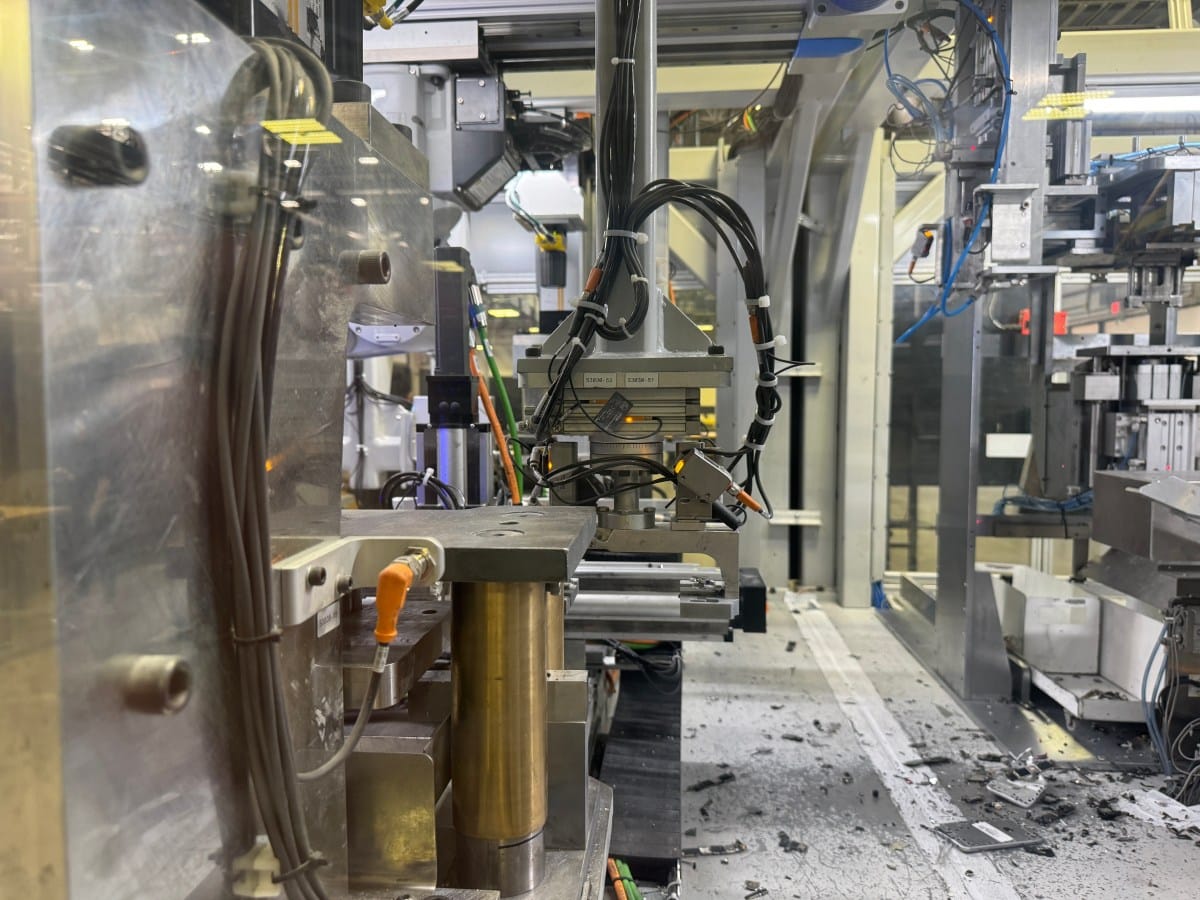Exploring Apple's Cutting-Edge Robotics for Recycling

Introduction
Apple's commitment to innovative manufacturing practices has led them to Austin, Texas, where they house their Mac Pro manufacturing facilities. This move has not only brought around 900 jobs to the area but has also paved the way for advancements in the recycling and sustainability domain. In this article, we will delve into Apple's state-of-the-art robotics, particularly Daisy, which plays a crucial role in the end-of-life processing of iPhones.
The Evolution of Robotics at Apple
Apple's journey into the realm of robotics began with Liam, a robot designed to disassemble discarded iPhone 5s. However, Liam's process of 12 minutes per device proved inefficient in handling the large volume of discarded phones. This paved the way for Liam 2.0 and eventually Daisy, a more advanced system capable of disassembling up to 1.2 million iPhones per year in a more streamlined process, reducing the time to 18 seconds per device.
Daisy's Operations and Impact
Daisy's operations are divided into four chambers, each designed to efficiently extract components from the iPhones. From separating the display to removing the battery and screws, Daisy's precision and speed have significantly enhanced Apple's recycling capabilities. Despite its advancements, Daisy's throughput is just a fraction of the global electronic waste discarded annually, highlighting the need for scalable solutions in the recycling industry.
The Role of Robotics in Sustainability
Apple's foray into robotics for recycling is part of its broader sustainability initiatives aiming to reduce environmental impact. By preventing mining and recovering valuable materials from discarded devices, Daisy represents Apple's commitment to a circular economy. The company's efforts emphasize the importance of consumer education and engagement in promoting responsible electronics recycling practices.
The Future of Robotics at Apple
As Apple continues to innovate in the robotics space, the possibilities for extending Daisy's functionality to other products like MacBooks and iPads are being explored. The company's internal collaborations and academic partnerships underscore its dedication to advancing robotics technology. With a focus on continuous improvement and pushing boundaries, Apple aims to make Daisy an obsolete yet impactful part of its recycling ecosystem.
Conclusion
Apple's investment in robotics for recycling showcases its dedication to sustainable practices and technological advancements. With Daisy leading the charge in efficient end-of-life processing of devices, Apple sets a benchmark for environmental responsibility in the tech industry. As robotics play an increasingly vital role in Apple's operations, the future holds promise for further innovations and advancements in recycling practices.



